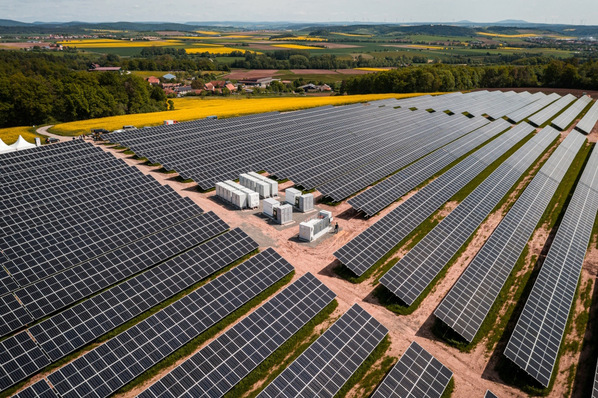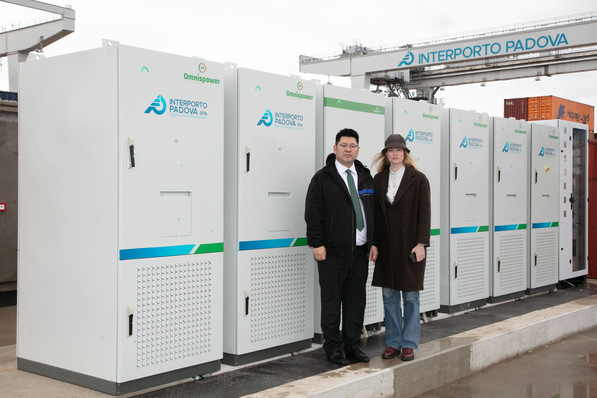How do you assess the cost curve in the battery storage sector?
LevelTen facilitates energy storage agreements between storage project developers and offtakers, including load-serving entities and corporations. As such, we do not track cost curves for energy storage, however, we can point you to a few sources on this:
According to a report published by BloombergNEF in April 2020, “the benchmark LCOE for battery storage has tumbled to $150/MWh, about half of what it was two years ago.”
Lazard’s latest annual Levelized Cost of Storage Analysis shows that “storage costs have declined across most use cases and technologies, particularly for shorter-duration applications, in part driven by evolving preferences in the industry regarding battery chemistry. Sustained cost declines were observed across the use cases for lithium-ion technologies.”
According to BloombergNEF’s New Energy Outlook 2020, “Battery-pack prices have fallen 18% for every doubling of cumulative manufactured volume, and [BloombergNEF] expect this relationship to hold for at least the next 10 years.” With packs being the largest cost component for storage systems with 2+ hour duration, this should translate to grid storage systems costs continuing their decline over the next several years.
These declines in storage costs have fueled growth in project development. LevelTen saw more storage projects become available for contracting in 2020 than in any year prior, although they’ve been located in the United States. As the industry matures, we expect to see more storage projects available on the LevelTen Marketplace in Europe, although not at the pace as in the U.S. Industry analysts and trade groups can offer some perspective as to why:
According to Wood Mackenzie, Europe’s growth in storage capacity is expected to be slower than its global counterparts. “The UK and Germany will continue to dominate the FTM market out to 2025. Frequency response auctions remain one of the key revenue streams. France and Italy are also opening up with both capacity and ancillary service markets open or opening. Spain, and the rest of continental Europe is expected to follow, with potential help from the European Commission and its green recovery deal.”
According to the European Association for Storage of Energy, “The C&I segment saw a small contraction in the leading markets (Germany and the UK) in 2019. Regulatory uncertainty and long payback periods are hindering growth. However, the future of energy storage in 2020 in Europe remains positive as the energy transition progresses. Regulators and grid operators are increasingly recognising the value that storage adds to electricity systems. Consumers in both the residential and C&I segments show growing interest in storage as technology costs fall and Feed in Tariffs are phased out. And the storage industry continues to innovate around products and propositions.”
What are the driving forces for cost reduction?
Most analysts would probably agree that it’s a combination of factors, but mostly a massive ramp in production volume, which leads to better economies of scale, learning effects, manufacturing efficiencies, and design improvements. Stationary grid storage is benefitting heavily from the ramp in battery production for electric vehicles, and battery integrators are standardizing designs and reducing balance-of-plant and installation cost.
The International Renewable Energy Agency projects that “by 2030, total installed costs could fall between 50% and 60% (and battery cell costs by even more), driven by optimisation of manufacturing facilities, combined with better combinations and reduced use of materials. Battery lifetimes and performance will also keep improving, helping to reduce the cost of services delivered. Lithium-ion battery costs for stationary applications could fall to below USD 200 per kilowatt-hour by 2030 for installed systems.”
BloombergNEF noted that “Since 2018, increasing project sizes combined with a rapidly expanding manufacturing base and more energy dense chemistries, have halved the LCOE of energy storage.”
Does the battery energy storage already attract investors?
Yes, investors are becoming comfortable with battery storage. For example, one of the biggest storage investors is Capital Dynamics, which recently purchased the Eland project from developer 8minute solar. Eland is a 400MW solar project with 300MW of battery storage and the offtaker is the Los Angeles Department of Water and Power, the largest municipal utility in the U.S. Many major developers continue to own their storage and hybrid (typically solar+storage) projects, such as EDF, EDP, LS Power, and NextEra.
Will we see first PPAs in the battery storage sector soon?
Today Starbucks announced that it worked with LevelTen to virtually procure 5.5 megawatts of battery storage capacity and 24 megawatts of solar energy from a solar + storage project in California. We expect to see more utilities and corporations contract with solar + storage projects in 2021, and we expect to see standalone storage deals as well. Not only do these deals help maximize the value of a corporation’s PPA portfolio, they can also help corporation’s achieve a 24/7 renewable energy strategy, like Google.
According to Wood Mackenzie, “When Google announced a partnership with NV Energy for significant solar-plus-storage investment to power data centres, they were not just breaking new ground in a key market but were pioneering a new way corporations value renewable energy. Rather than simply offset consumed electricity, Google seeks to time-match consumption with availability and that requires storage. If this catches on among other climate-forward corporations, the upside could be huge. Daimler’s commitment to procure renewables in real-time shows that this trend may become global.”
What are the advantages of having battery storage as part of a PPA portfolio?
Because the economic value of storage is often inversely related to that of a renewable energy PPA (i.e., it has a tendency to perform well—or generate a positive cash flow—when a PPA contract does not, and vice versa), storage contracts can serve as a hedge, complementing existing PPAs and reducing the cash flow volatility of a buyer’s energy portfolio. This is particularly effective in markets with high (or rapidly increasing) renewable energy penetration.
The interview was conducted by Hans-Christoph Neidlein
Did you miss that? RE-Source: Untapped potential of on-site renewable electricity and storage







